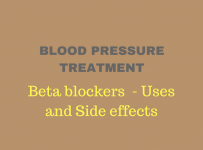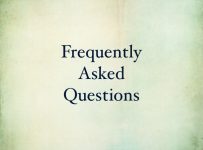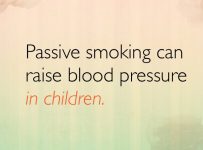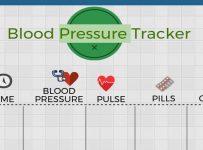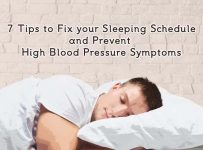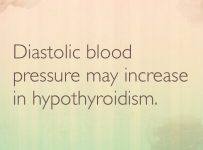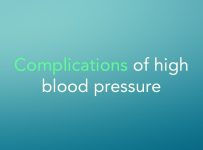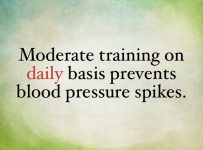It’s 2.30 p.m. and you are still sitting at your desk since 7:30 in the morning trying to decipher what is going on with your mail account and at the same time dealing with some articles you have to finish and send today, plus a lot of other minor duties that can’t be cancelled for tomorrow. And the most troublesome part of this situation seems to achieve to keep yourself wakeful. So, what are you doing now? Should you keep yourself awake or succumb to a restful sleep and forget about everything instead. Just for a while. The answer is yes. Be happy to know that you should accommodate a power nap to your schedule. Τo be more precise, 26 minutes of nap are enough to refresh your mind and make you stare at the world with a clear sight and a brand new perspective.

No, it is not about another medical hypothesis, there is serious science behind this statement. In short, a highly cited NASA study published in an 81-page paper in 1994, coined the term “power nap” which conferred to the term “daytime sleepiness” a less guilty and a more practical nuance. The purpose of this study was to test the pilots flying long haul routes, for improvement on job performance and safety, after an in-cockpit napping. The results ended up with the conclusion that a 26-minute nap improves performance in pilots by 34% and alertness by 54%. NASA study was the springboard for many other relevant studies which further supported its conclusions.
Some chemistry
The basic the fault lies in your brain. No matter how highly motivated you to feel and how much dedicated to your profession you are, it happens sometimes that you just don’t even realize how fatigue is already here. The brain needs a lot of a chemical called ATP to function properly (ATP is the currency of body energy). In order to become useful, ATP is converted into ADP-generating a byproduct called adenosine. The more active your brain the more ATP is converted to ADP and the more byproducts are accumulated, resulting in more and more fatigue.
At some time there is a point where the ADP production cannot keep pace with brain needs and here is where your brain cannot make decisions or assimilate your study material. That’s because you’ve just entered a phase of unintentional sleep.
Things will change in case you decide to take a short nap. During short sleep ADP is turned back into ATP, adenosine is cleared and the cycle is ready for take off, so your brain.
How to efficiently power nap
More than 30 minutes is not a power nap
Short naps of 10 minutes work better. Getting beyond 30 minutes it’s worse than no sleep at all because beyond this time interval you enter the state of “sleep inertia”. Sleep inertia is the state of drowsiness you experience immediately after awakening and it could take several hours to disappear.
Know your rhythms
Napping is more efficient when you really need to sleep, so knowing your “circadian dip” is crucial. You must train yourself to recognize the timeframe of the day during which your energy bottoms out.
Laziness doesn’t go away with a nap
If you just don’t find your duties interesting or even better, you don’t like to work at all, you will get easily fatigued, ending up with a day plenty of refreshing naps for nothing.
What if you need a power nap now
However, the strong desire to sleep in every expense usually appears at times while siesta could be apparently an awkward situation. But, you know there is always a method to power nap your way to a more efficient work time. Here are some suggestions about how to nap in places other than home.
1. Napping at work
Not quite the rule but some employers provide a special place where you can take a short refreshing nap. If it is not your case, then take advantage of your 15-minute break and nap in your car.
2. Napping on the road
Ideally, find a rest area to park. Lock the car doors and don’t forget the emergency brake. If it is nighttime, avoid quiet places with no lights.
3. Napping at school
If you know that you are not a snorer, a library is the best place to nap in case that you feel extremely tired and overwhelmed by your time schedule.
Coffee nap: It’s having a cup of coffee and then a nap. Seriously, a very efficient way to take the whole advantage of caffeine and a nap is to combine them in that order. But notice the timing. In order to achieve a mind-refreshing effect, you must drink your coffee just a little before you are planning to indulge yourself with a 20-minute nap.
And of course there is a scientific explanation for this, as it is backed up by many studies, most of them performed on drivers.
To understand a coffee nap, you have to understand how caffeine affects you.
As we said before, the brain needs to break down the energy coin ATP to ADP in order to use it. The byproducts of this breakage are adenosine molecules, which once plugged into specific-for-adenosine brain receptors, will make you feel sleepy. After drinking a coffee, caffeine is absorbed into your gut and passes through the bloodstream towards your brain. Here caffeine tries to fool adenosine receptors, and finally bind to them, occupying the space of adenosine because it looks like this. What a 20-minute nap does, is that it will naturally clear all adenosine from your brain, preparing the field for coffeine to bind to adenosine receptors, slowing down in that way, adenosine built-up in your brain, which otherwise, would lead to fatigue.

